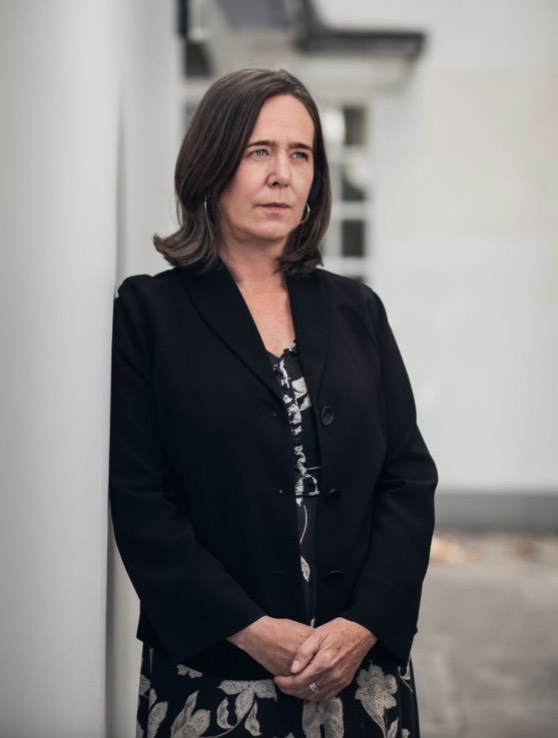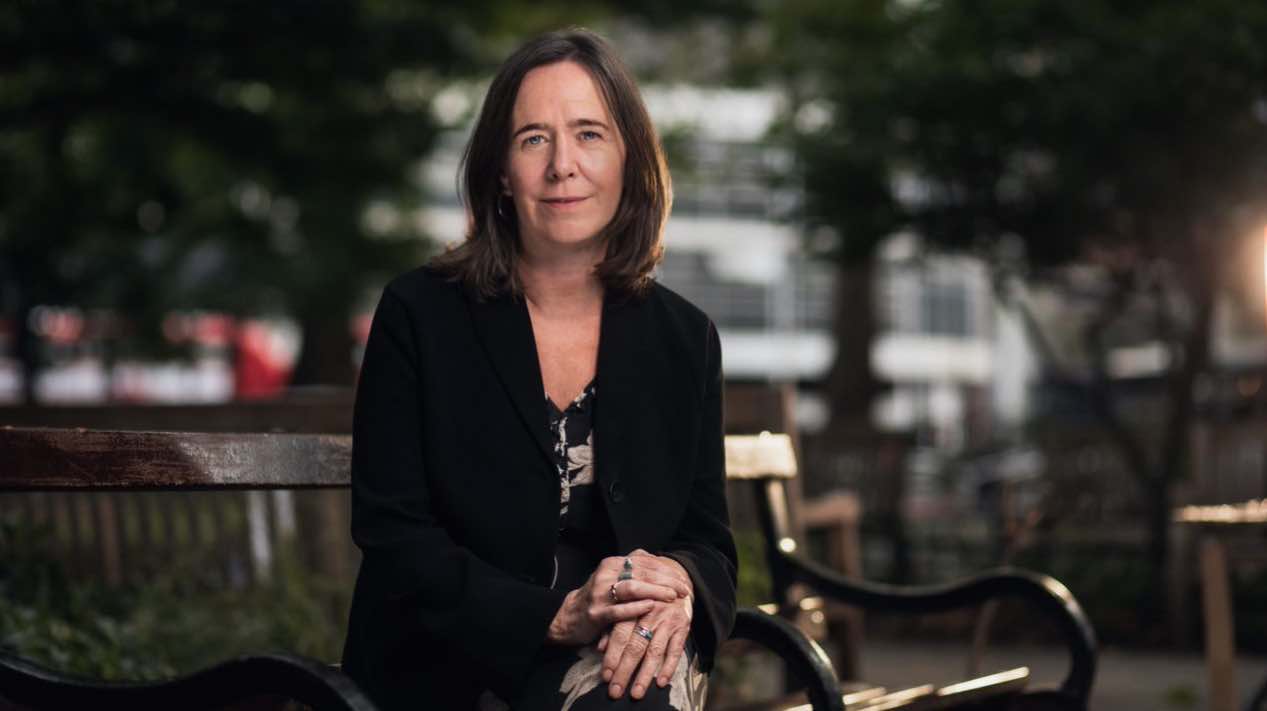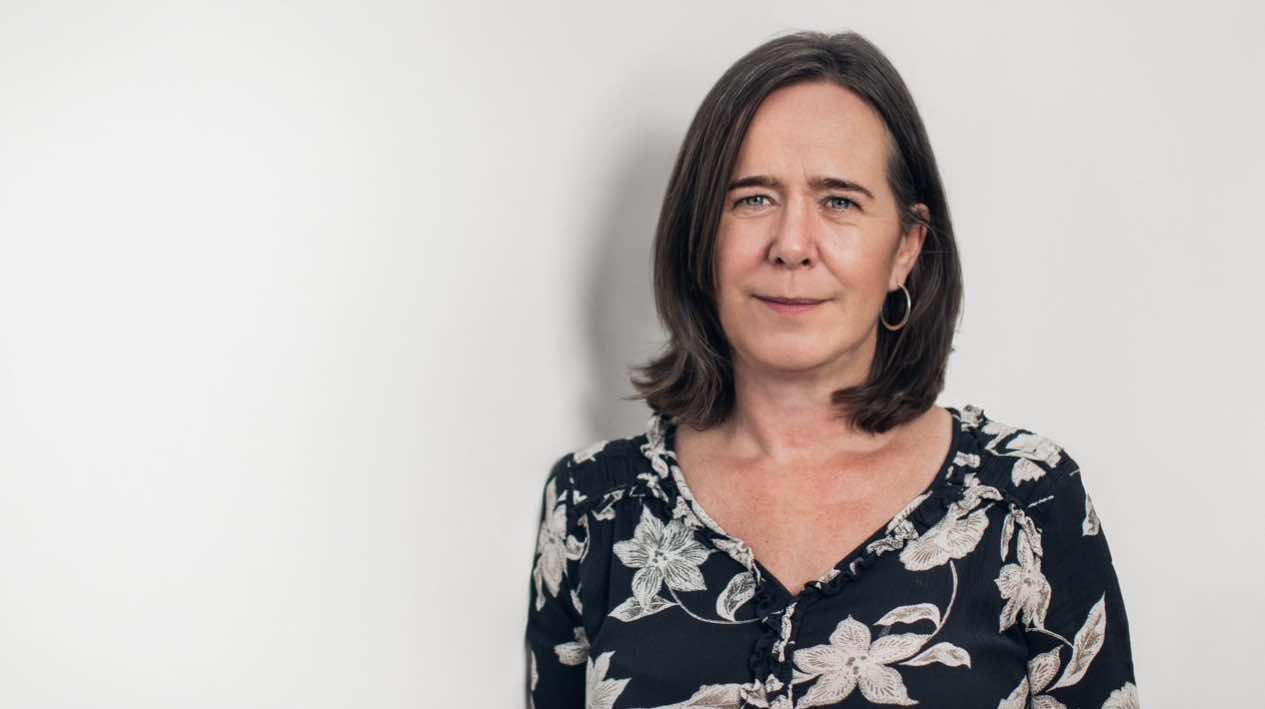In Interviews
Follow this topic
Bookmark
Record learning outcomes
The Patients Association was founded in January 1963. Thousands of babies were being born with serious birth defects due to the prescribing of thalidomide for morning sickness but, as the Association’s brief history on its website states, “no one was speaking up for patients”.
There are many groups, charities and not-for-profit organisations that now speak for patients and carers, of course, but the Patients Association is unique in its status as non-disease and non-condition specific, describing itself as the only national campaigning charity covering all of health and social care that also works directly with patients. It believes that everyone has the right to receive the very best care they need to live healthy, independent lives.
“From the very beginning, we were very much about listening to patients and campaigning for change,” says chief executive Rachel Power. “None of that has changed. Our aim is that everyone can access and benefit from the health and care they need to live well. And we believe that the only way that can be done is by true patient partnership in the design and delivery of all services.”
The organisation may be small, but it punches above its weight in terms of reach. Sir Robert Francis QC, best known for his work on the Mid-Staffordshire Foundation Trust public inquiry, is the current president. Its 11 trustees are widely drawn – from clinical practice, the charity sector as well as patient advocacy, including pharmacist and freelance health IT consultant Wiqas Valji.
“The advantage of integrated care systems is that they are closer to communities. We welcome the reforms, but without workforce they are going to fail”
“Patients are our members,” Rachel says. “They come to our AGM, we do a lot of engagement to really hear from patients as to what they are experiencing, rather than me sitting in an office, saying ‘I think this is what is happening’. I think that is very much the difference in what we do. And you don’t have to be a member to get involved in our surveys or focus groups. We open those up to everybody.”
Individual membership is free. Rachel says she made that decision, with the support of the trustees, within months of joining the organisation in 2017. “I wanted to make sure we could get to every voice rather than those who could afford what was a nominal membership fee,” she says. “I felt there shouldn’t be a membership fee for individuals to get involved.”
There are now more than 2,700 ‘really engaged’ members and the Association’s principal mode of engagement with the general public is via its national freephone helpline (0800 345 7115, weekdays 9.30 to 17.00, email helpline@patients-association.org.uk). “We deal with issues that affect all patients,” Rachel says. “A lot of the calls to the helpline are around accessing services. One of the biggest things for patients is finding their way around services and working out what needs to be there. So we’re trying to work towards a situation where all patients have a really good understanding of their health and care system. There also needs to be greater understanding among health professionals of the needs of different cultures and communities.”
Rachel says there are two current issues that she has “now written to three secretaries of state about”. “A fully costed health and care workforce strategy has been missing for years and neither the NHS nor social care can continue without one,” she says. “You can see the ambulance delays at the front door, but it’s the back door that’s the issue.
“We’ve had a prime minister saying he was going to sort social care; he didn’t. We believe fixing the social care crisis requires a clear vision of social care as a public good in its own right, upfront funding to restore services to an acceptable baseline, and a new funding approach that pools risk across the population and introduces sustainable new funds over the long term.”
Rachel’s ‘welcome letter’ to the new secretary of state is refreshingly blunt. “I hope you will not resort to gimmicks such as hackathons to resolve the crisis in the ambulance service,” she wrote. “Social care is in a “parlous state”, her 9 September letter states. “With more and more people needing adult social care, but fewer and fewer people getting it, the scale of injustice is increasingly apparent to the public.”
She says integrated care is a step in the right direction, but those same two issues need fixing to make the most of the change. “I was speaking to an ICS the other day. Two hundred beds – 40 of them full of medically well people who need domiciliary care,” Rachel says. “The advantage of integrated care systems is that they are closer to communities. We welcome the reforms, but without workforce they are going to fail; we’re already hearing from ICSs about the struggles they are experiencing with staffing across the board.”
Closer relationships desirable
Rachel Power came to the Patients Association after working “for years” in health and care, including in national charities. She says she got a strong sense of the patient partnership approach she has tried to bring to her current role from her last one in children’s palliative care. “The whole thing about a true patient partnership in health and care services is not just that people get to live their lives as well as possible, but that it’s also their lives,” she says.
“It’s about having that conversation. In children’s palliative care, you have to acknowledge that children would die young, but that does not mean they couldn’t live the best possible life during that period, and that we couldn’t help create really positive memories for the future in partnership with their families and their carers.”
Unsurprisingly for the chief executive of the Patients Association, where real world patient experience sits at the heart of its campaigns and resources, Rachel’s personal experiences as a patient or carer form the basis of much of our conversation. She speaks warmly of her personal interactions with community pharmacy. “When I think about when my kids were small, my first port of call was to Craig, the pharmacist up the road. I wouldn’t go to my GP without going into him first,” she says. “The role of pharmacy in really understanding and engaging communities in their own healthcare is something we need to be building on a lot more, especially in terms of inequalities.
“Pharmacies know their communities; they are based in them. We should be working more closely with them and pharmacy needs to think more about how they design and deliver that pharmacy service in the community they know, working with those communities.”
The Patients Association has been working closely with the Royal College of GPs and the Academy of Medical Royal Colleges on subjects like evidence-based interventions. It has also worked with NHS England and others on patient participation groups (the Association has, coincidentally, seen an increase in the number of new members who are members of PPGs). It is in the middle of working with an ICS to develop a training and support package for its PPGs.
Last year, it offered a number of NHS trusts and independent hospitals support with their complaints handling processes, helping them to better understand how they interact with their patients and service users.
“The role of pharmacy in really understanding and engaging communities in their own healthcare is something we need to be building on a lot more”
“We do a lot of work with NHS England and national professional organisations on how to engage patients in the design and delivery of services,” says Rachel. She believes the first step with any organisation, particularly one of health professionals, is understanding whether they really welcome patient involvement. “I have sat around roundtables with different services – I was at one a few weeks ago run by a corporate partner – and it feels to me that there is a lot of ‘doing to’ patients, rather than asking them ‘what do you need from the service?’
One of the things Covid highlighted – although it was around for a number of years before that – is inequality in accessing healthcare,” Rachel says, noting that pharmacy locations are an opportunity for wide access. If the Patients Association’s ambitions for shared decision making and patient partnership are to be successful, “patients have to have confidence to be the active partner in their care; they have to feel they have power in that decision making.”
“Working towards genuine patient partnerships and shared decision making lie at the heart of much of the Patients Association’s work. Its 2021 report Shared decision making: shared reality or insider jargon? grew out of work in 2018 exploring patients’ experiences of switching to biosimilar medicines: the Association found that many the switch imposed on them without consultation.

“There was a really good point made in one of our recent focus groups about how you grow feedback in terms of patient involvement. Getting a text asking you what your service was like before you get home from your appointment is measuring the service. It’s not the same as asking, two weeks later: ‘did your pharmacist’s or doctor’s advice help you?’”
The 2021 report recommended that shared decision making teaching in medical schools should be audited in order to develop a picture of how skilled the present workforce might be expected to be. Rachel says the same question could be posed in schools of pharmacy.
Greater involvement with pharmacy needed
“Patients need to be more involved in what all primary care services look like, and how to access them. If you think of pressure on GPs, what can pharmacy do for you? I think if you stopped a member of the public, they might not realise how qualified pharmacists are, what pharmacies can do, and how the partnership between pharmacy and local GP practices – which has come on in leaps and bounds – works.
“I grew up knowing that the pharmacy was the place you went to check things out. I think about my father’s relationship with his pharmacy in the last few years of this life – they knew him really well. He probably told the pharmacist more than he did the GP.”
She believes that both NHS England and pharmacy itself need to push the role of pharmacy in a much more consistent way. Community pharmacy’s access and characteristics, such as the widespread use of local staff, is a massive plus. “Once you walk into somebody’s surgery office to have a conversation, or you get into secondary care, you’re in a big institution. When you walk into a pharmacy, you can have a chat, you can have some of your health checks done. The language may be about prevention, but I see the role of pharmacy in really helping to engage their communities in living their lives as well as possible, and in understanding the cultural barriers and cultural differences there are.
“We run a lived experience advisory panel – I can see how pharmacy can help there. I think patients feel they have more power walking into their local friendly pharmacist’s in being able to have that conversation.” Given the work the Association does with other professions, Rachel would love to know how patient input is actively sought by pharmacies, especially since surgeries have had to have patient participation groups for a while.
“There needs to be a better partnership model; patients need to be part of that, but they also need to know what community pharmacy can do for them”
“Pharmacy knows what’s happening in the neighbourhood, it knows its communities, so how can we use pharmacies and fund them to take some of the pressures off GPs? There is still a massive issue with accessing services. We are pleased to see the focus on improving access to primary care, reducing waiting times in the handover of patients from ambulances to A&E and providing more information about their general practice’s performance. We like the plans to give pharmacists more prescribing rights and we’d like to see more promotion of the role pharmacists can play to support patient’s health in the community.
“We welcome the plans to promote the greater use of pharmacists, but we hear that pharmacy is struggling with recruitment and retention issues and this must be addressed if pharmacists are expected to care for patients who might otherwise visit their GP practice.”
Medicines certainly feature strongly in the charity’s work. Its Care Home Charter for Medicines was developed with the aim of improving how care homes across the UK manage medicines. Its suite of resources, available on its website, include resident and family, and staff versions, checklists and guidance. The charter is endorsed by, among others, the Community Pharmacy Patient Safety Group and the Royal Pharmaceutical Society.
The organisation publishes 23 online resources of information and signposting to further advice. These include Understanding your medicines and Switching to Biosimilars as well as material representing its key priorities, including Make the most of your GP appointment, Shared decision making and a toolkit to help people when setting up patient participation groups. All are produced with strong input from patients. “We bring patients together so they are involved in these things from the start,” Rachel says. “We develop guides, animations, starting with the patient view. Investing with the Patients Association raises the profile of patients’ experiences and you get a really good product at the end of it.
“We do a lot of campaigning, a lot of partnership working; we would love to do more partnership working with pharmacy because it would help us make sure that more diverse voices are heard through our campaigns.
“There needs to be a better partnership model; patients need to be part of that, but they also need to know what community pharmacy can do for them. Think about the statement ‘this is why I go to…’ in terms of pharmacy. We held a focus group on why people are going to A&E more often. They go because they can’t get a GP appointment, or they don’t know where to go, or because English is not their first language… If we were really clear about the role of the pharmacy, maybe rather than go to A&E to start with, a member of the family will go to the pharmacy first.
“In all these reforms, whether its patient-initiated follow ups or virtual wards, there needs to be a real partnership with patients as they design what this looks like, because there needs to be an honest conversation about the advantages. Ultimately, it’s all down to that clinician-patient relationship, so that’s what we focus on.”


